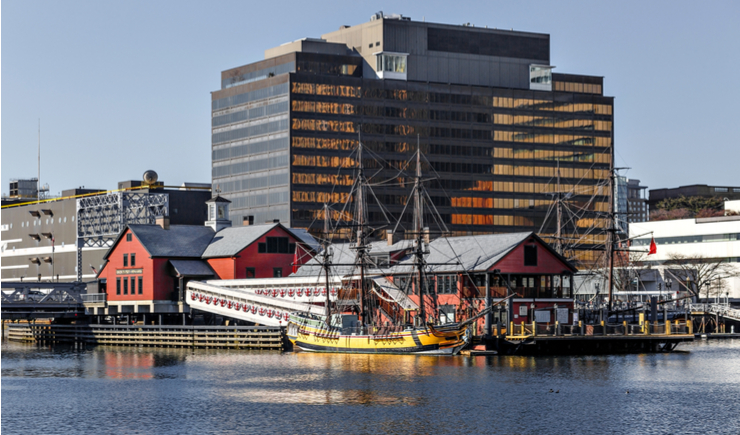
The devastating and tragic fires in the L.A. area have sadly taken lives, and destroyed the homes of many residents, not just those of the celebrities you hear about on TV. With the destruction of their homes, these residents will be asked only to pay property taxes on the land they own, and the cities they live in will most likely ask the state and federal government to fund the shortfalls. The Wall Street Journal’s Heather Gillers reports:
Almost $60 billion of outstanding local-government bonds are backed by revenues that come at least in part from areas inside the wildfire boundaries, according to an analysis by ICE Data Services. Prices are falling on debt sold to finance L.A.’s sewers and renovate Altadena’s public library.
One big concern for investors: lawsuits. Under California law, utilities can face strict liability for property damage caused by their power lines, regardless of fault. Ratings firms warned this week that the Los Angeles Department of Water and Power and Southern California Edison could face big payouts if they are found responsible. The cause of the L.A.-area fires is as yet undetermined.
L.A.’s power department, unlike others, doesn’t proactively shut off parts of its system during windstorms to reduce the risk of sparks from power lines. The department says that it wants to avoid cutting power to critical services around the city and that it takes other fire-prevention measures. More than $3 billion worth of its bonds have changed hands since the fire, often at discounts of around 5%.
Municipal-bond prices have taken a hit even for regional power providers that sell energy to Los Angeles, including the Intermountain Power Agency, a coal-fired plant in Western Utah, according to ICE data.
Bond analysts, meanwhile, are poring over fire-impact maps to check on “dirt bonds”: financing for community projects backed by fees from just a few neighborhoods. In one damaged patch of Altadena, 272 homes were partway through paying off $7 million in uninsured debt sold 12 years ago, bond filings show. It isn’t clear how many of those houses are still standing.
Action Line: When disasters strike, things could go sideways for towns and cities. It pays to weigh those risks when investing. Click here to subscribe to my free monthly Survive & Thrive letter.



